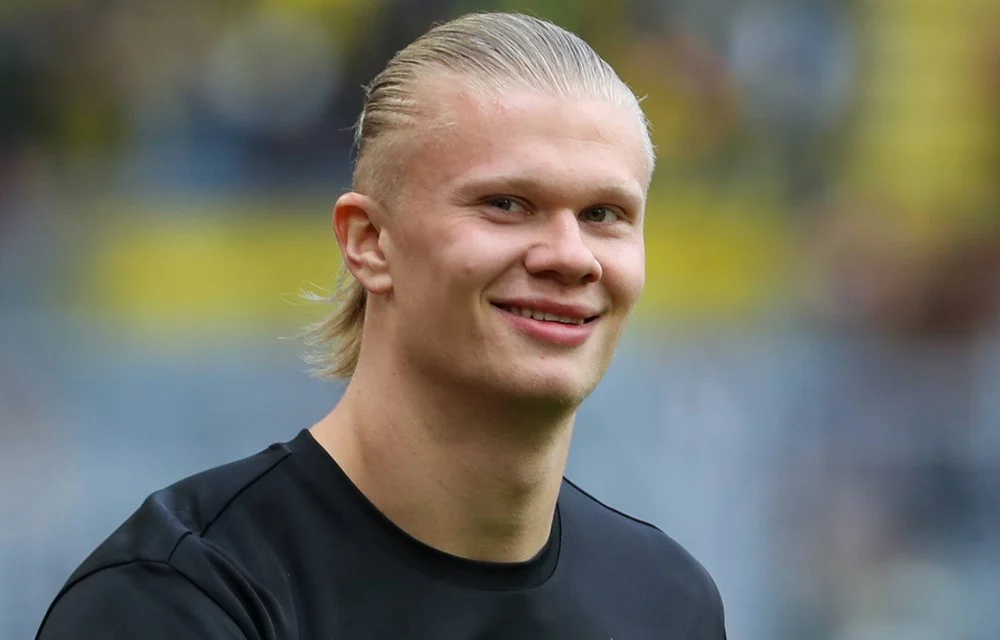
Researchers have found a way for using Google Trends, a website that measures the popularity of Google searches, to evaluate football player’s market value.
A football player’s market value is relevant in many scenarios, such as transfers between teams and evaluating the financial value of teams. Researchers have so far focused on analyzing objective factors that affect market value, such as performance in the field. In recent years, player popularity has emerged as a factor affecting market value because famous athletes sell stadium tickets and merch.
However, only a few studies have looked at the potential role of Google Trends (GT) in market value predictions, Maria del Pilar Malagón-Selma, a researcher at the Universitat Politècnica de València in Spain, told ZME Science. Now, Malagón-Selma and her team have found a way of using Google Trends to assess popularity to predict market value.
The method involves asking the website to compare the popularity of two players over time, calculating indicators of popularity, and using mathematical operations to adjust values to a common scale.
“GT is a very interesting tool that allows us to measure the interest in a topic or person over time. It provides a time series that allows the granular measurement of the number of Google searches,” the researchers wrote. “There’s a gap in the existing research concerning how to use GT to quantify the influence of popularity on the market value.”
What’s that player worth?
There are four variables that can be used to estimate football players’ market value, the researchers said. These are:
- physical characteristics such as age, height, nationality, and position,
- performance, such as playing time, goals and assists,
- labor and club characteristics, such as the length of the contract, and now
- popularity.
In their study, Malagón-Selma and her team trained three machine learning models to test their new method on Google Trends. They used data on over 1,400 players for the so-called “Big Five” European football leagues (England, Germany, Spain, Italy and France) from the 2018-2019 season and transfer fees for the following summer.
They developed a common scale to compare players’ popularity by selecting several reference players, including the overall most popular forward, midfielder and defender of the 2018-2019 season – Cristiano Ronaldo, Paul Pogba and Sergio Ramos, respectively. They also picked several notably less popular players, such as Kevin Lasagna and Diego Rico.
The popularity indicators estimated with the new method improved the accuracy of the market value predictions when added with other factors traditionally used for such predictions, the researchers said. The indicator with the most impact on the best-performing model was the player’s level of popularity during their least popular time, as measured by Google searches.
This suggests that incorporating measurements of popularity can improve predictions of players’ market value, the researchers said. Up next, they encourage other researchers to include longitudinal data about the club’s revenue, as well as information on the player’s positions or injuries, which can influence performance and their market value.
“This paper provides practical guidance for developing and incorporating the proposed Google Trends indicators. They could be applied in sports analytics and any study in which popularity is important. Therefore, we expect researchers in other relevant areas to use this new methodology,” the researchers said in a press release.
The study was published in the journal PLOS ONE.









